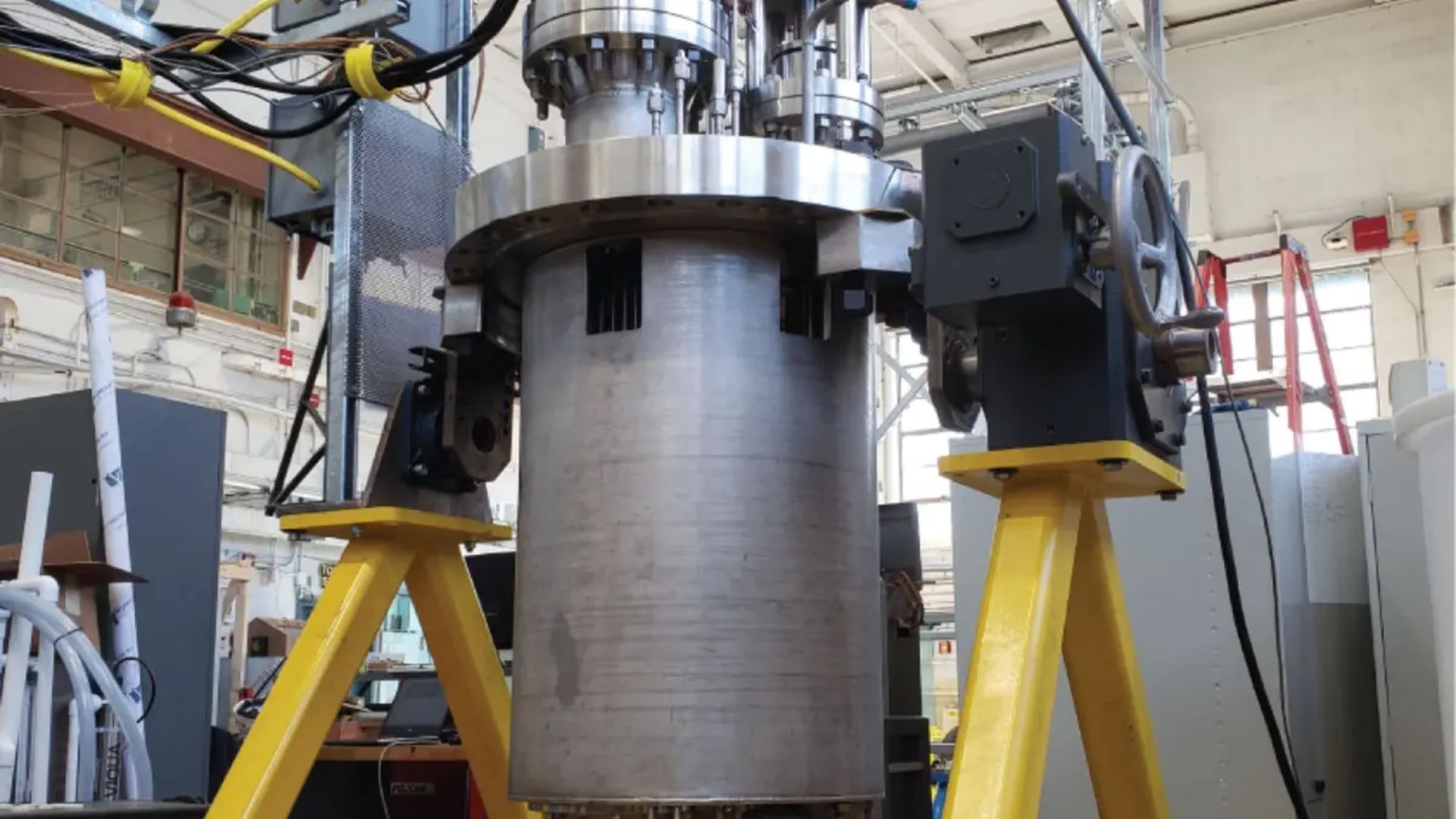Nuclear reactors – both old and new designs – use a lot of graphite as it is a key component. It is also one of the components in a reactor that gets deformed due to the radiation.
The reason behind these changes in graphite is difficult to study; however, scientists at MIT have now uncovered a link between the non-metal’s properties and how it behaves in response to radiation.
The MIT scientists and collaborators on the project say it could lead to more accurate ways of predicting the lifespan of graphite used in nuclear reactors worldwide.
“We did some basic science to understand what leads to swelling and, eventually, failure in graphite structures,” says MIT Research Scientist Boris Khaykovich, senior author of the new study.
Khaykovich added that while more research is needed on the topic, but it proposes an idea that does not require breaking up hundreds of irradiated samples to understand their failure point.
Graphite’s use in nuclear reactors
Graphite is primarily used in nuclear reactors to reduce the velocity of neutrons for controlled chain reactions. Its greatest applications have been as a moderator and reflector.
Graphite is a good neutron moderator, slowing down the neutrons released by nuclear fission, making them more likely to create fissions themselves and sustain a chain reaction.
Graphite was used as a key element when the world’s first nuclear reactor was built at the University of Chicago in 1942. The Chicago Pile was built using about 40,000 graphite blocks.
It has remained a key component of nuclear reactors even today, as a recent report highlighted that it accounts for about two-thirds of the construction cost of a reactor.
Further, it is believed to play a central role even in future reactor designs such as molten-salt and high-temperature gas reactors.
Complexities in structure
Graphite use in nuclear reactors comes with its own share of complexities, even though it is well-known how to make it cleanly.
“We call graphite a composite even though it’s made up of only carbon atoms,” Khaykovich says. “It includes ‘filler particles’ that are more crystalline, then there is a matrix called a ‘binder’ that is less crystalline, then there are pores that span in length from nanometers to many microns.”
Every grade of the material has its own composite structure, but there are shapes that look the same at different scales.
These complexities make it difficult to predict how a certain block of graphite will behave under radiation. Usually, upon irradiation, graphite becomes dense, and volume is reduced by up to 10 percent, followed by swelling and cracking.
The scientists received irradiated samples from Oak Ridge National Laboratory (ORNL) and used an analysis technique known as X-ray scattering. The process involves using an X-ray beam’s scattered intensity to analyze the material’s properties. Fractal models had been used on graphite samples before, but not irradiated ones.
They used it to look at the distribution of sizes and surface areas of the sample’s pores.
Findings from the MIT research on graphite sample used in nuclear reactor
They found that when graphite is first exposed to radiation, its pores get filled as the material degrades.
“What was quite surprising to us is the [size distribution of the pores] turned back around,” said MIT Research Scientist Sean Fayfar. “We had this recovery process that matched our overall volume plots, which was quite odd. It seems like it starts recovering after graphite is irradiated for so long. It’s sort of an annealing process where you create some new pores, then the pores smooth out and get slightly bigger. That was a big surprise.”
The scientists found that the size distribution of the pores closely follows the volume change caused by radiation damage.
Khaykovich added that finding a strong correlation between the size distribution of pores and graphite’s volume change is a new finding. “It’s important for people to know how graphite parts will fail when they are under stress and how failure probability changes under irradiation.”
The team now plans to study other graphite grades and explore how pore sizes in irradiated graphite correlate with the probability of failure.
They speculate that a statistical technique known as the Weibull Distribution could be used to predict graphite’s time until failure.
Moreover, the findings could also help understand why other materials densify and swell under irradiation.
The open-access paper has been published in the journal Interdisciplinary Materials.
